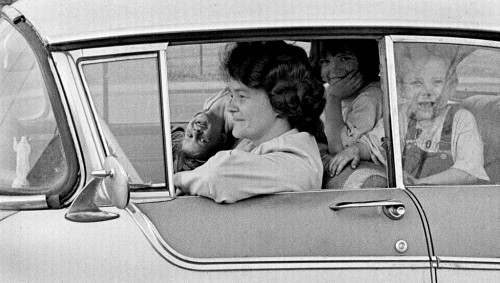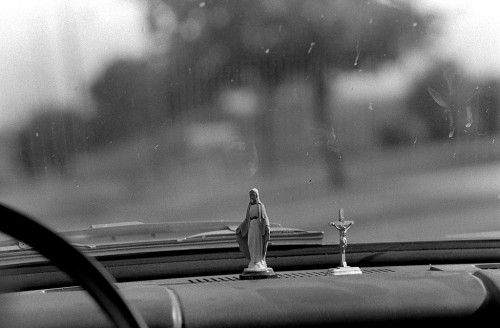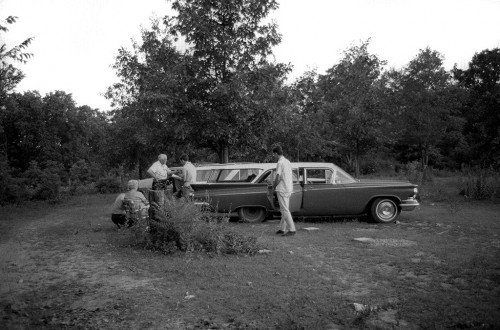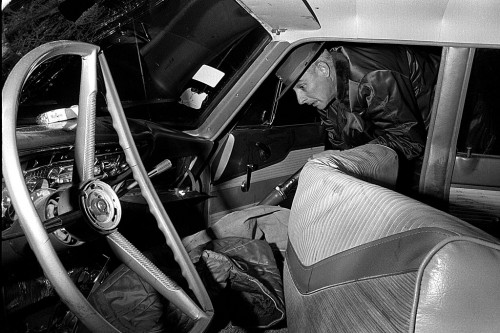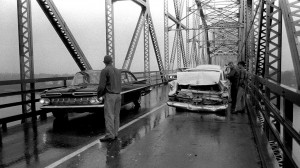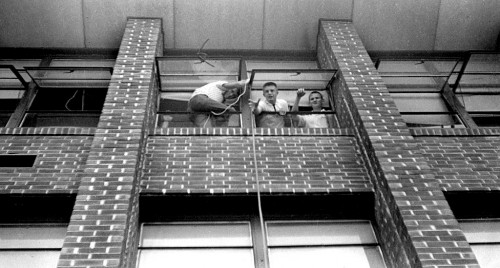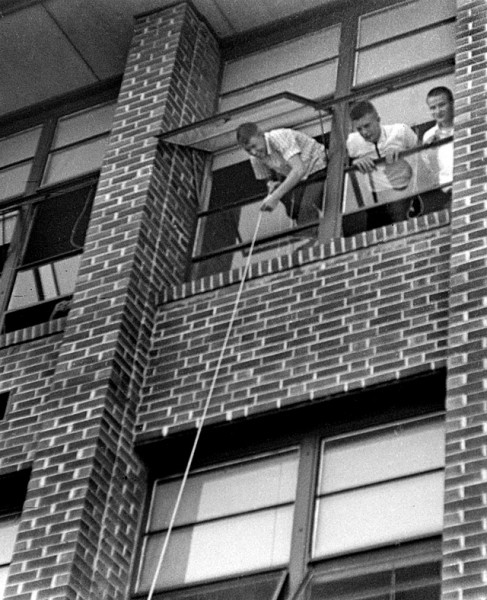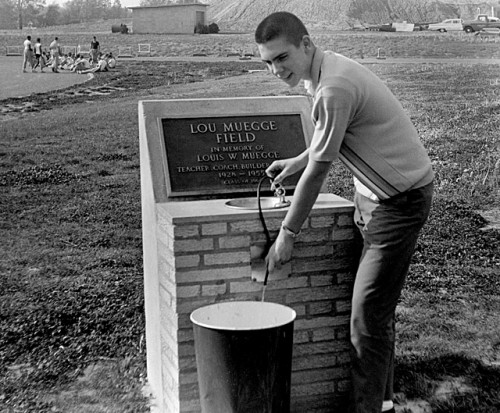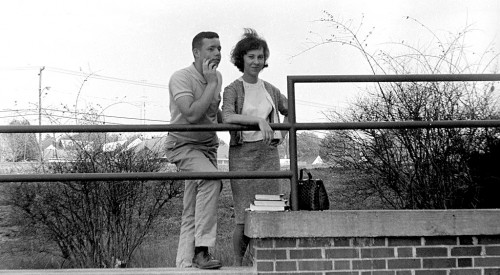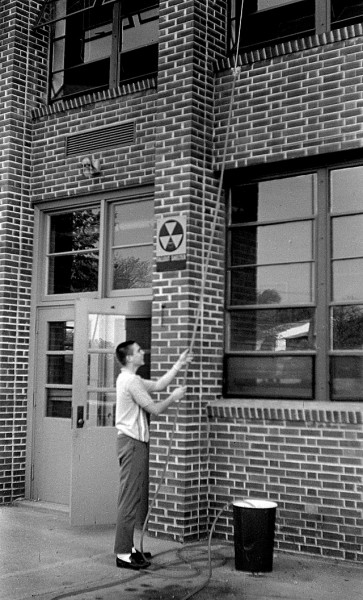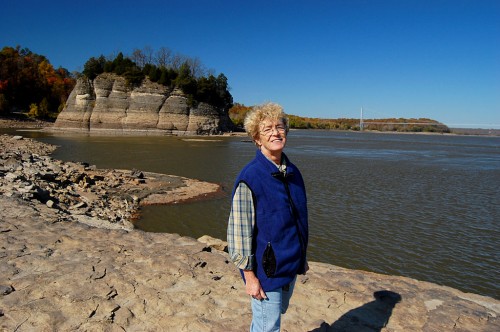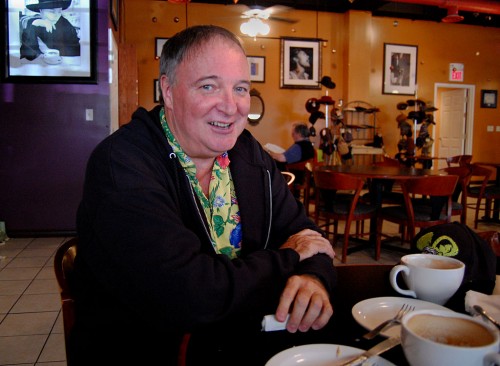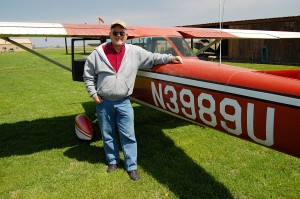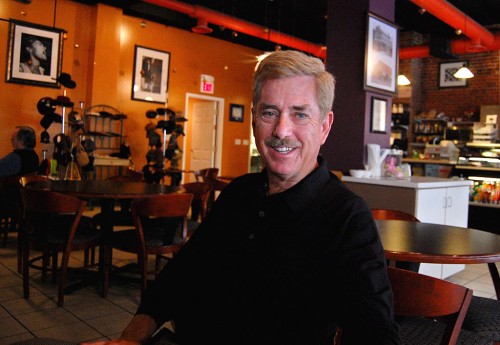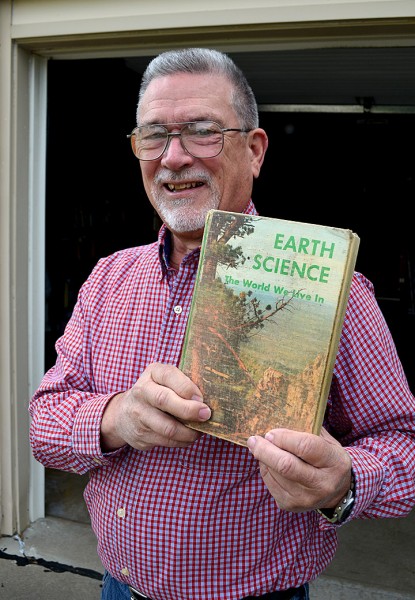 I’ve written many times about Earth Science Teacher Ernie Chiles and the friendship we developed outside of class. He interacted with students in a way that would be unthinkable today, but that’s what made him one of the most memorable teachers I had.
I’ve written many times about Earth Science Teacher Ernie Chiles and the friendship we developed outside of class. He interacted with students in a way that would be unthinkable today, but that’s what made him one of the most memorable teachers I had.
To keep from rehashing old stories, I’ll just post links:
- Ernie was so green, Pam Taveggia remembers, “that we didn’t know whether to love him or take advantage of him, so I guess we did both.” The first time he took her flying, he let her handle the controls. “Such a joyous, beautiful, completely new adventure for me! This is it! I wanted to be an airline pilot. My lessons from my Earth Science teacher were some I have never forgotten. I didn’t get to become an airline pilot, but I DID get to become a teacher who cared about my students. I had learned by the best example.”
- Ernie taught me how to drive. I made it about 150 yards before I crashed into the side of a bridge.
- Ernie and I went flying 48 years to the day after I took my first newspaper photo.
- The water barometer experiment (subtitled “Watching Ernie Squirm).
When we met for lunch this trip, Ernie presented me the actual Earth Science book he used to teach the class. I told him to play Vanna White or pretend he was selling soap so I could take his picture with it. He may have a shot at making it in the late-night infomercial game.
He even inscribed it
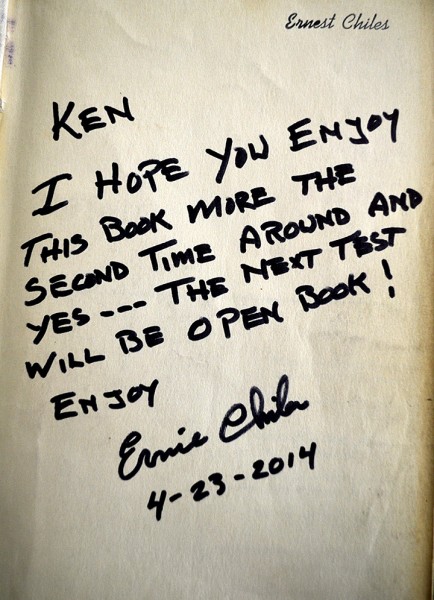 Jim Stone, George Cauble and I set a goal of acing all of Ernie’s tests. We’d get together in my basement to review and practically memorize the book the night before a quiz. Ernie, for his part, took the challenge and decided to make tests so hard they couldn’t be aced. You can imagine what THAT did to the curve.
Jim Stone, George Cauble and I set a goal of acing all of Ernie’s tests. We’d get together in my basement to review and practically memorize the book the night before a quiz. Ernie, for his part, took the challenge and decided to make tests so hard they couldn’t be aced. You can imagine what THAT did to the curve.
Jim Stone and I are still arguing with him over a couple of questions he marked wrong.
Who did all the underlining?
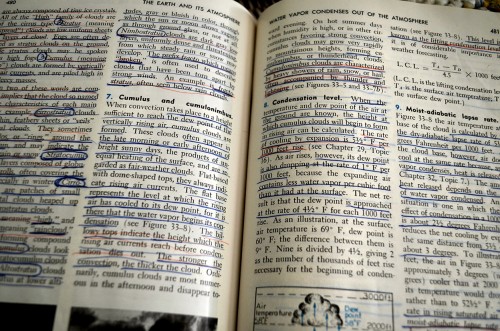 When I leafed through the book, I noted that almost every sentence was underlined.
When I leafed through the book, I noted that almost every sentence was underlined.
“Geez, didn’t they give you a new book when you started teaching? Who did all the underlines?”
“I did,” he admitted. “You guys thought I was kidding when I said I was only about a chapter ahead of you when I was teaching the class.”
We couldn’t go flying
We couldn’t go flying the last time I was in town because Ernie’s plane had a broken perambulator or something.
It’s perambulating fine now, but there had been a lot of rain around Painton Airport where he hangars the plane. That made the grass runway a bit iffy. I had hoped to get in the air before the leaves came out, but since I had missed that, we decided to err on the side of caution and wait until summer to go up.
Stone is going to be SOOOOO jealous when he hears I have The Book.

